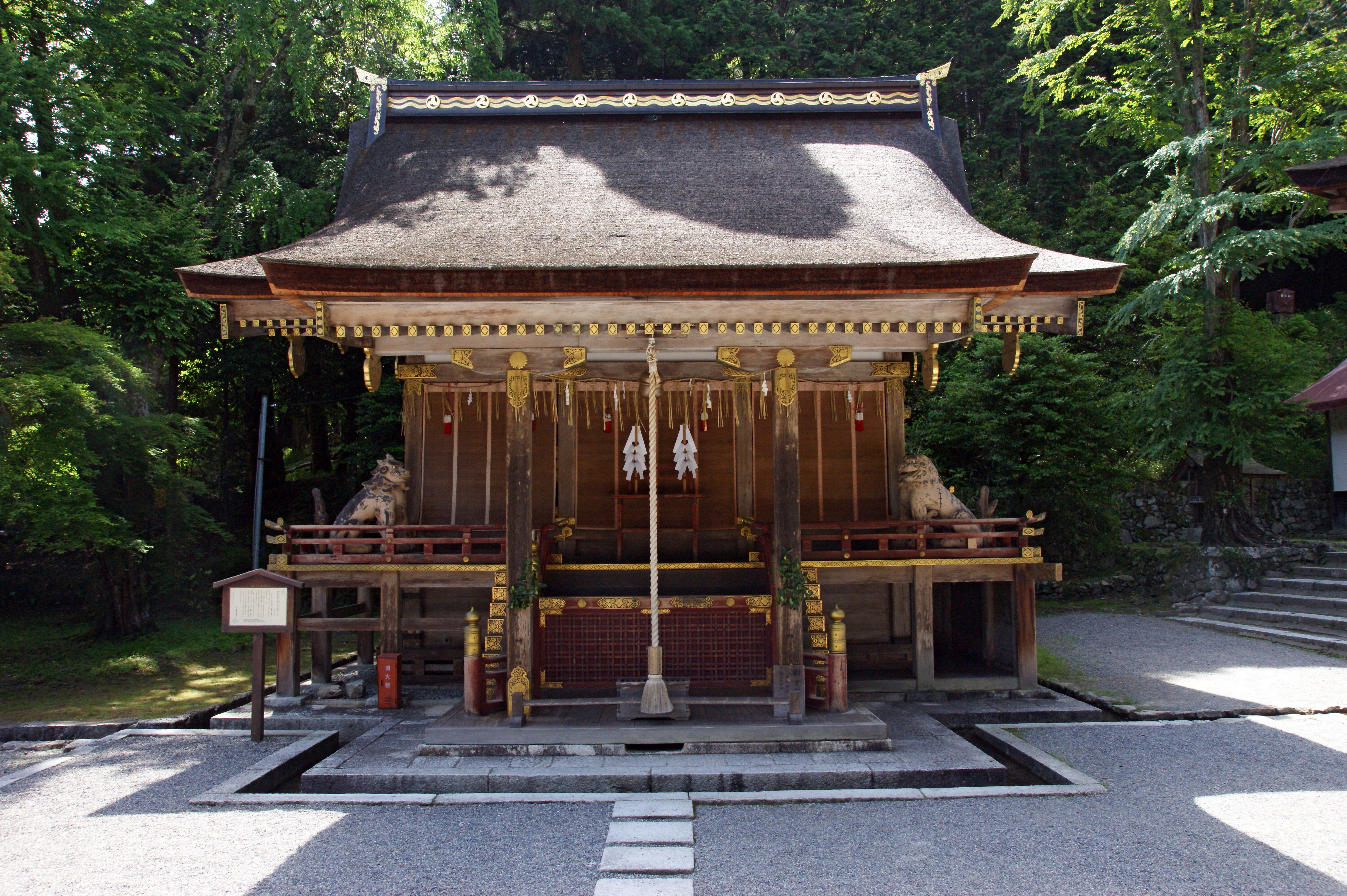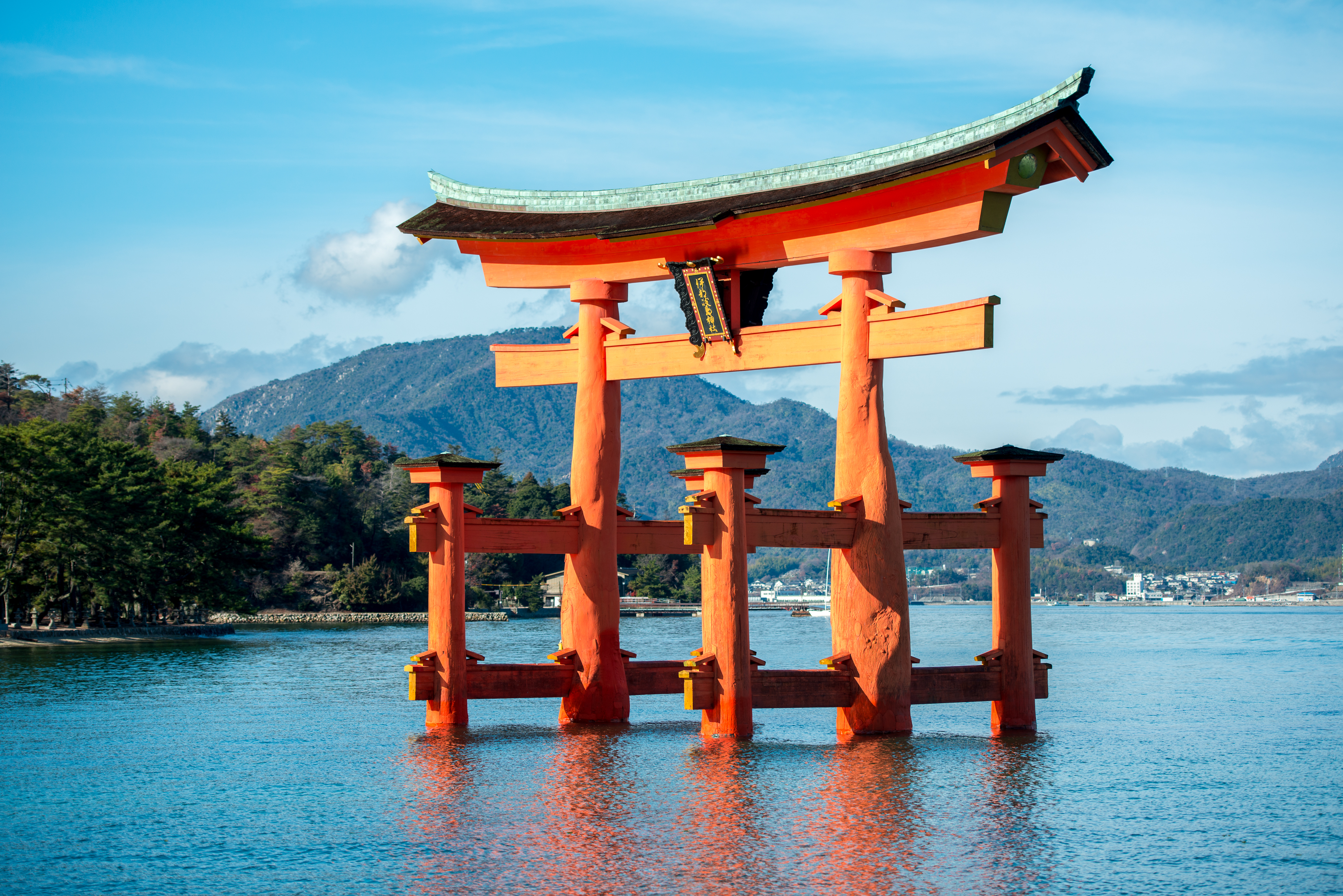|
Sannō Ichijitsu Shintō
Sannō Shintō(山王神道) was a syncretic shinto group with elements from Tendai buddhism of Enryaku-ji Temple. Sannō(山王) means“King of the Mountain,”, is a common name of the guardian deity of Tendai Buddhism.The roots of the Shintō-Buddhist amalgamation(Shinbutsu-shūgō) that developed the belief in Sannō can be traced back to the early Heian period, when Buddhist monks regard a number of Shinto deities (''kami'') as guardian of Buddhism. From the beginning of the Kamakura period (1192–1333), theories of that were formulated. The most important of the syncretic schools to emerge were Sannō and Ryōbu Shintō(:ja:両部神道, 両部神道). Its early modern doctrines that concern Tōshō-gū(東照宮) are specially distinguished as Sannō Ichijitsu Shintō(山王一実神道) or Ichijitsu Shintō(一実神道). Sannō Shintō no longer exists Tendai doctrine allowed Japanese Buddhists to Syncretism, reconcile Buddhist teachings with the native religious belie ... [...More Info...] [...Related Items...] OR: [Wikipedia] [Google] [Baidu] |
Tendai
, also known as the Tendai Dharma Flower School (天台法華宗, ''Tendai hokke shū,'' sometimes just ''Hokkeshū''), is a Mahāyāna Buddhist tradition with significant esoteric elements that was officially established in Japan in 806 by the Japanese monk Saichō. The Tendai school, which has been based on Mount Hiei since its inception, rose to prominence during the Heian period (794–1185). It gradually eclipsed the powerful Hossō school and competed with the rival Shingon school to become the most influential sect at the Imperial court. By the Kamakura period (1185–1333), Tendai had become one of the dominant forms of Japanese Buddhism, with numerous temples and vast landholdings. During the Kamakura period, various monks left Tendai to found new Buddhist schools such as Jōdo-shū, Jōdo Shinshū, Nichiren-shū and Sōtō Zen. The destruction of the head temple of Enryaku-ji by Oda Nobunaga in 1571, as well as the geographic shift of the capital away from ... [...More Info...] [...Related Items...] OR: [Wikipedia] [Google] [Baidu] |
Honji Suijaku
The term in Japanese religious terminology refers to a theory widely accepted until the Meiji period according to which Indian Buddhist deities choose to appear in Japan as native ''kami'' to more easily convert and save the Japanese.Breen and Teeuwen (2000:95) The theory states that some ''kami'' (but not all) are local manifestations (the , literally, a "trace") of Buddhist deities (the , literally, "original ground").Satō Masato (2007) The two entities form an indivisible whole called ''gongen'' and in theory should have equal standing, but this was not always the case. In the early Nara period, for example, the ''honji'' was considered more important and only later did the two come to be regarded as equals.Basic Terms of Shinto During the late Kamakura period it was proposed that the ''kami'' were the original deities and the buddhas their manifestations (see the ''Inverted honji suijaku'' section below). The theory was never systematized but was nonetheless very pervasive an ... [...More Info...] [...Related Items...] OR: [Wikipedia] [Google] [Baidu] |
Shinto Denominations
, also called Shintoism, is a religion originating in Japan. Classified as an East Asian religion by scholars of religion, it is often regarded by its practitioners as Japan's indigenous religion and as a nature religion. Scholars sometimes call its practitioners ''Shintoists'', although adherents rarely use that term themselves. With no central authority in control of Shinto, there is much diversity of belief and practice evident among practitioners. A polytheistic and animistic religion, Shinto revolves around supernatural entities called the (神). The are believed to inhabit all things, including forces of nature and prominent landscape locations. The are worshipped at household shrines, family shrines, and ''jinja'' public shrines. The latter are staffed by priests, known as , who oversee offerings of food and drink to the specific enshrined at that location. This is done to cultivate harmony between humans and and to solicit the latter's blessing. Other common ri ... [...More Info...] [...Related Items...] OR: [Wikipedia] [Google] [Baidu] |
Oyamakui No Kami
Oyamakui no Kami () is a Japanese god highly significant in Sannō Ichijitsu Shintō, and worshipped in the Hiyoshi Taisha network of shrinesReligions mdpi-res.com and the Matsunoo Taisha network. They are also known as Sanno Gongen ( 山王権現) in a Buddhist context. They are the son of and grandson of |

